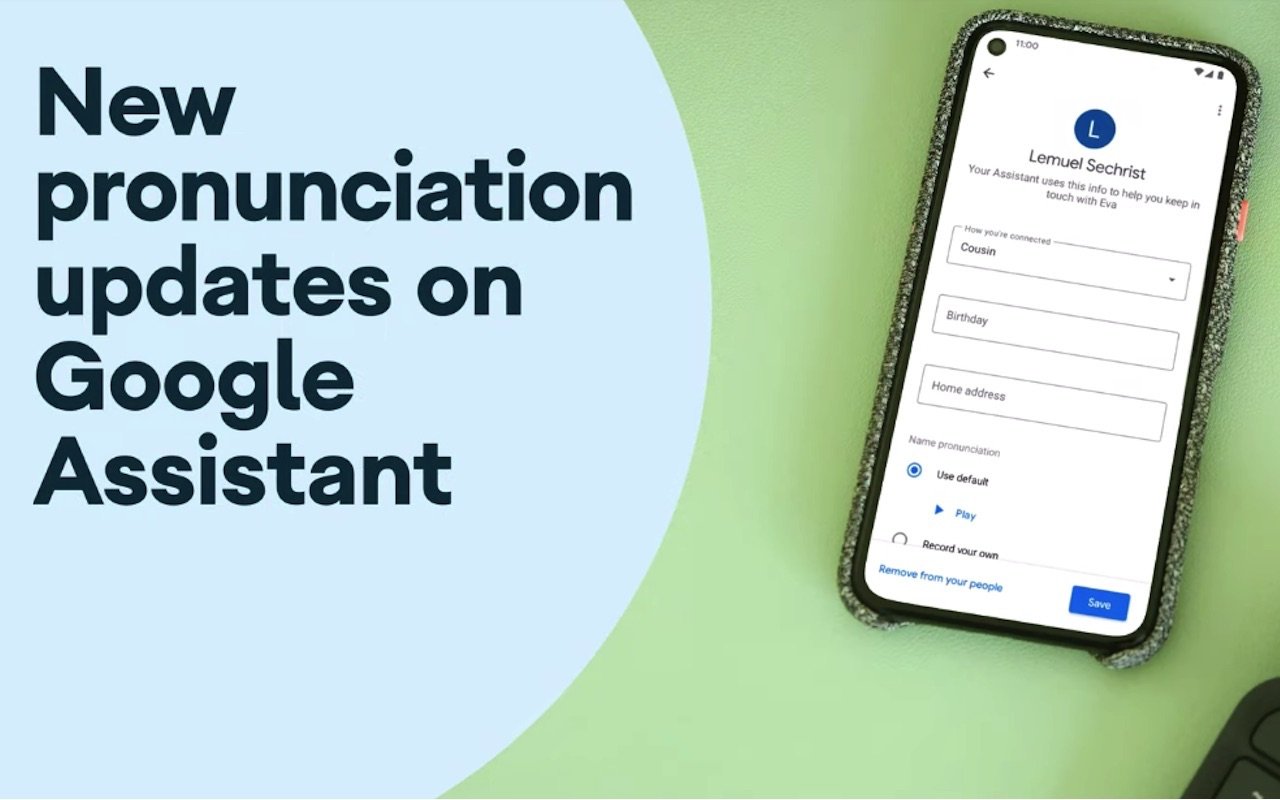The Google Assistant is no doubt the top virtual and voice assistant today. It has an advantage because it uses Google’s database. As the search giant, Google knows almost everything. The Google Assistant can help you become informed about a lot of topics and get things done everyday. It also knows you in many ways. It hears you and knows your voice. It’s not magic but the Google Assistant has been designed intelligently to adapt to a person and the environment.
Google aims to understand the spoken language. The process isn’t perfect but it tries to understand. Everything is contextual as it varies not only from person to person but also in the variety of languages.
Names for example, can be pronounced differently. Different persons say names differently so sometimes, it can be difficult to understand. The spoken language is complex but Google wants to improve when it comes to “listening” and understanding.
Some of the latest improvements include teaching Google how to recognize unique names. The Google Assistant will be able to pronounce a name correctly and recognize a contact correctly. All you need to do is reach the Assistant on how to say a name properly. Enunciate the names and the Google Assistant will remember them. This feature will be ready in English first but will be available in other languages in the future.
The Google Assistant will also be able to carry more natural conversations. It will be able to do so as it checks previous interactions. It tries to understand what it sees on your device. It can answer to follow-up questions, as if you’re talking to a real person.
As per Google, a good conversation is all about context. The Google Assistant’s NLU models have been rebuilt so it can understand context. The reference resolution is being improved so it can know what you are saying or are trying to do with the help of machine learning.
Google’s machine learning is powered by the BERT algorithm (Bidirectional Encoder Representations from Transformers). What it does is process the words in a sentence in relation to one order. Before, words are understood one by one but now they are understood together. This improvement allows the Assistant to respond to requests and tasks related to timers and alarms.
